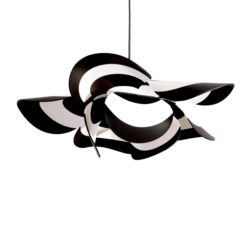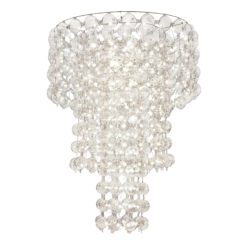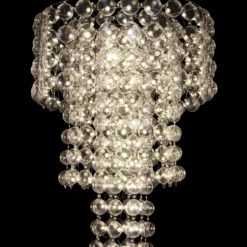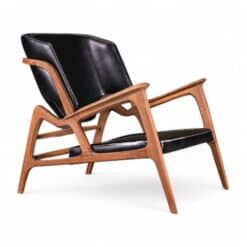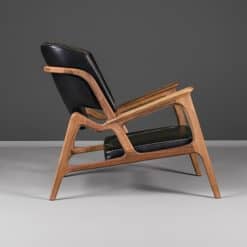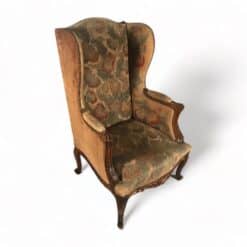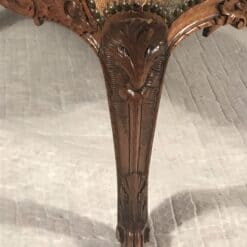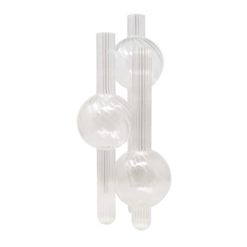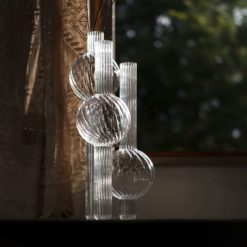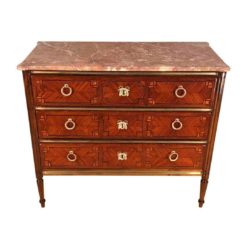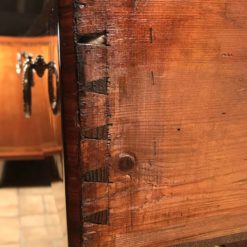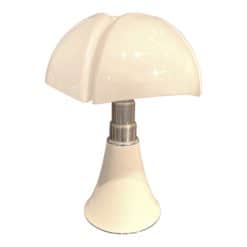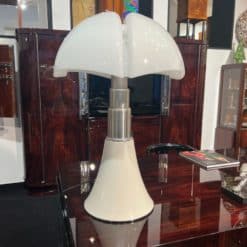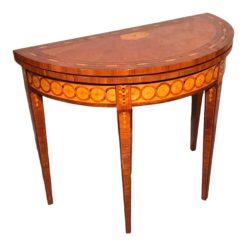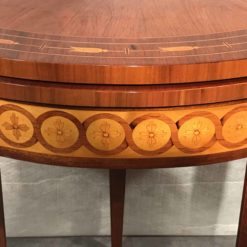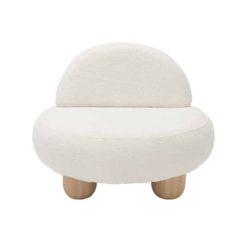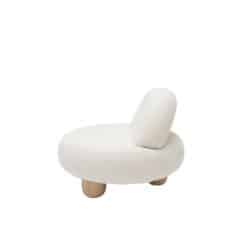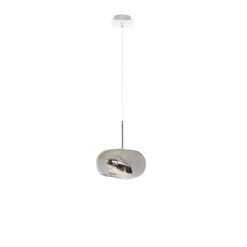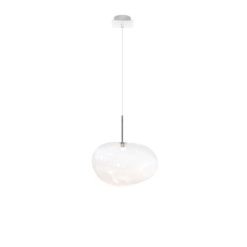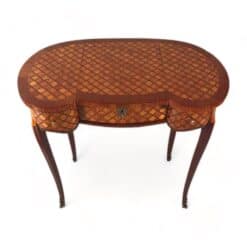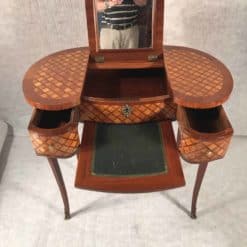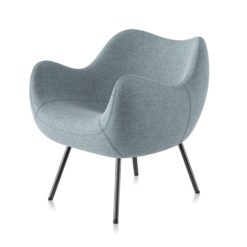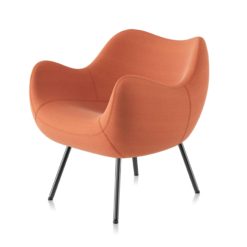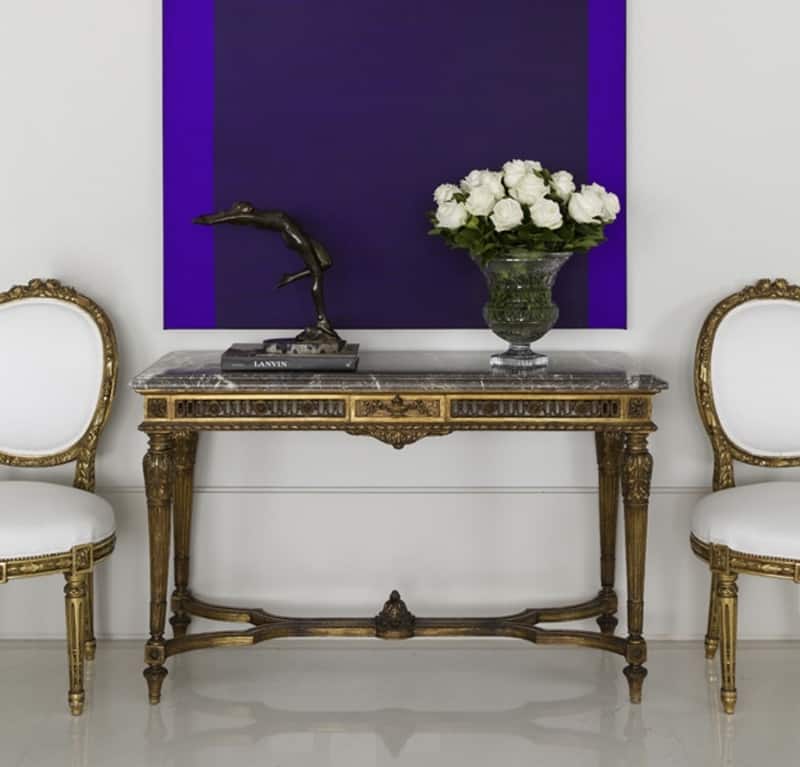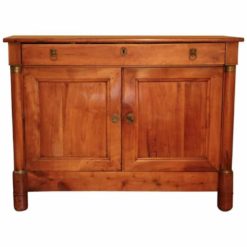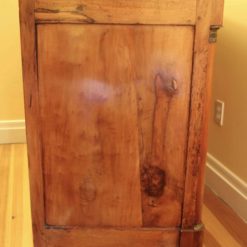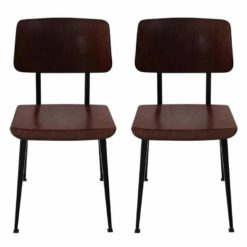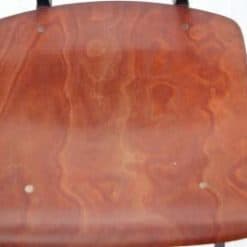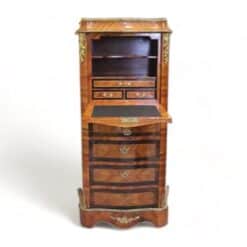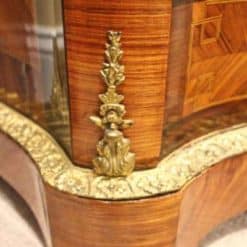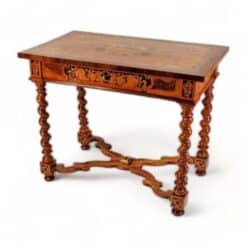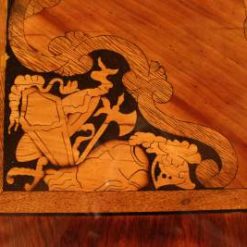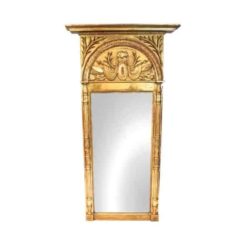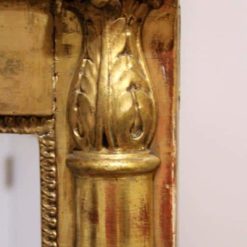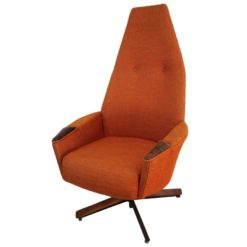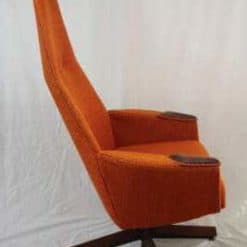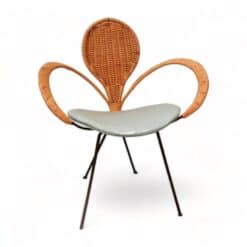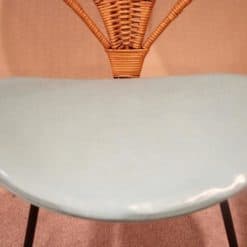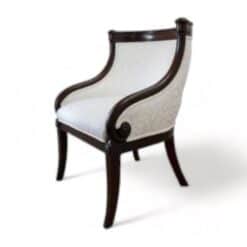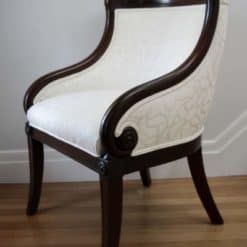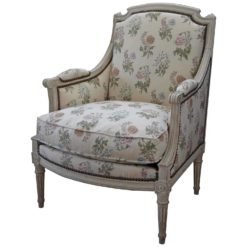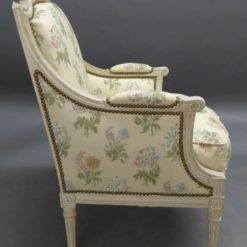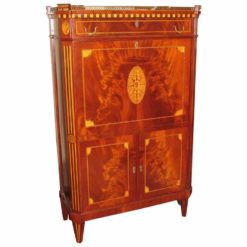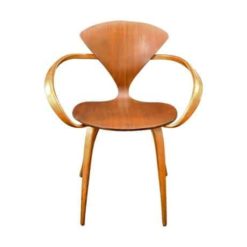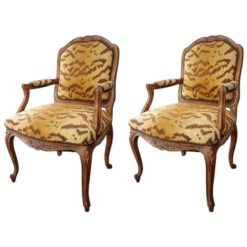Best Sellers
Furniture, Style, Styylish History, Uncategorized
Neoclassical Furniture: Everything You Need to Know
The Neoclassical furniture era is an especially interesting antique period, because the classical eras of Ancient Greece and Rome directly inspired it. In this period, which came into being in the 18th century, we see a resurgence of long-lost classical motifs, the art and style of ancient Greco-Roman domains. We also know this style as the Louis XVI style, or ‘Louis Seize,’ for the eponymous French monarch who ruled at the outset of the French Revolution.
What is the History of Neoclassical Furniture?
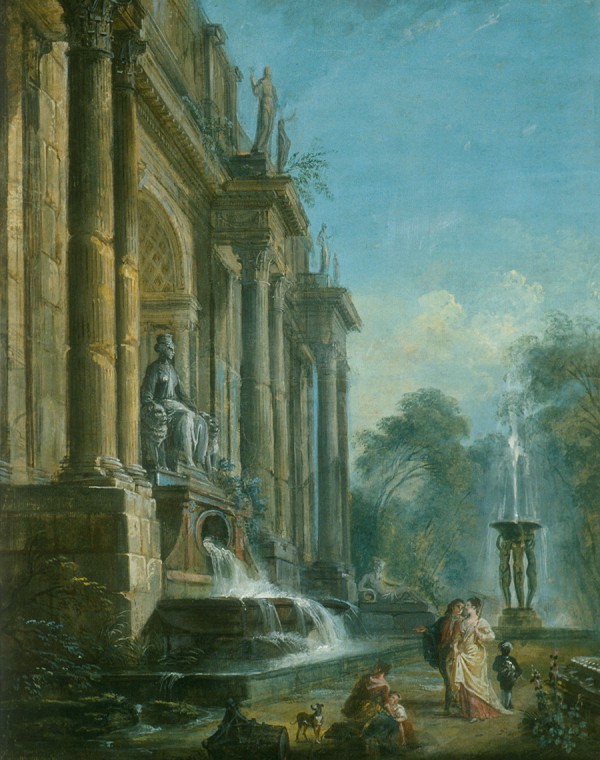
As the Rococo style was in decline, archaeological discoveries, particularly uncovered sites at Pompeii and Herculaneum, stimulated the minds of craftsmen and designers across Europe. Also, widespread travel occurred with Westerners visiting Italy, Greece, and the Middle East. At the same time, a veritable slew of publications in Europe were covering these archaeological digs and publishing about these finds. Overall, there was a massively increased interest in the Classical Era at this time.
The “Grand Tour” of Europe, which intellectuals and aristocrats saw as part of the education of the modern European gentleman, comprised an extended visit to Rome, among other places, and many went on to Greece. This led them through a haven of Classical design styles and motifs. Everyone wanted to experience the beauty of the Hellenic Period back at home.
In short, myriad factors led to a harkening back to a Classical age, and an increased interest in Classical design elements, which naturally applied to furniture as much as everything else.
Where was Neoclassical Furniture Found?
Neoclassical furniture, while initially developed in France, spread throughout the continent under a variety of different names. The Germans called it “Zopfstil” Naturally, it went on to blend with the Biedermeier style endemic to Germany and Austria.
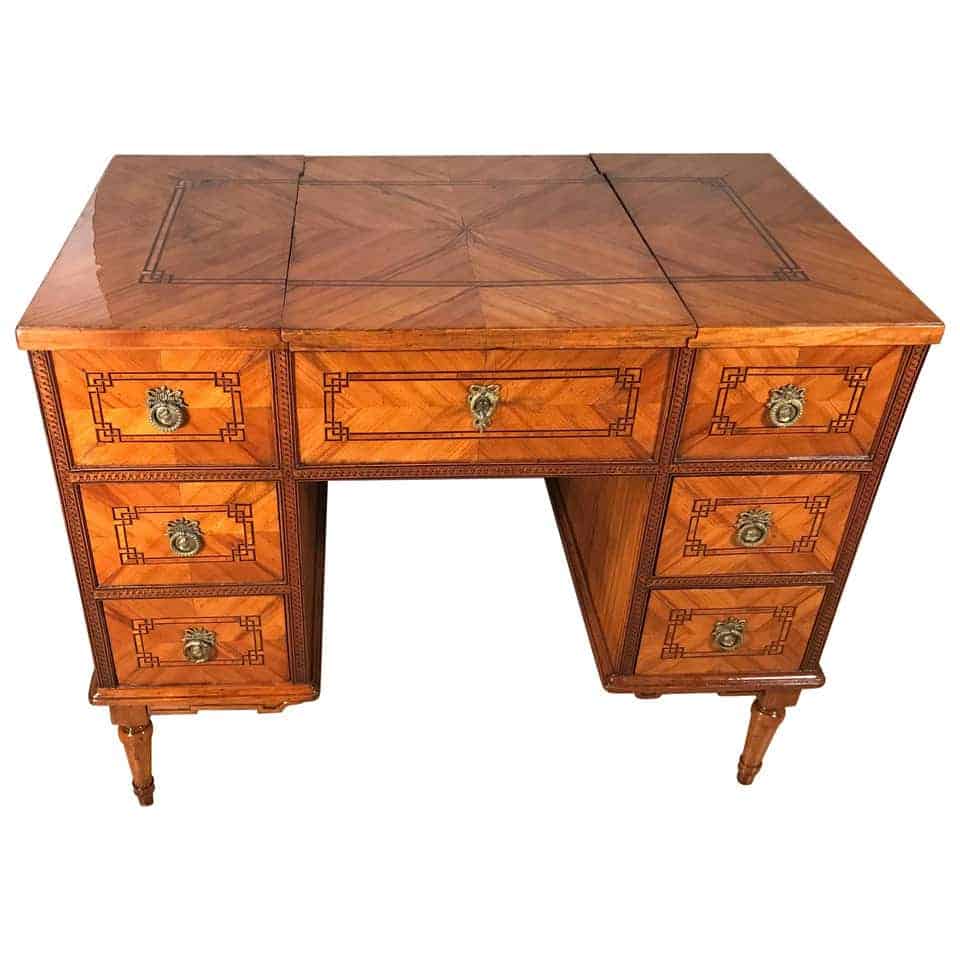
Meanwhile, Neoclassical developed as the Gustavian style in Sweden, with a more simplified and restrained nature. The Gustavian offshoot uses muted color palettes, whitewashed surfaces, and woods that are native to the region (pine, birch, and beech).
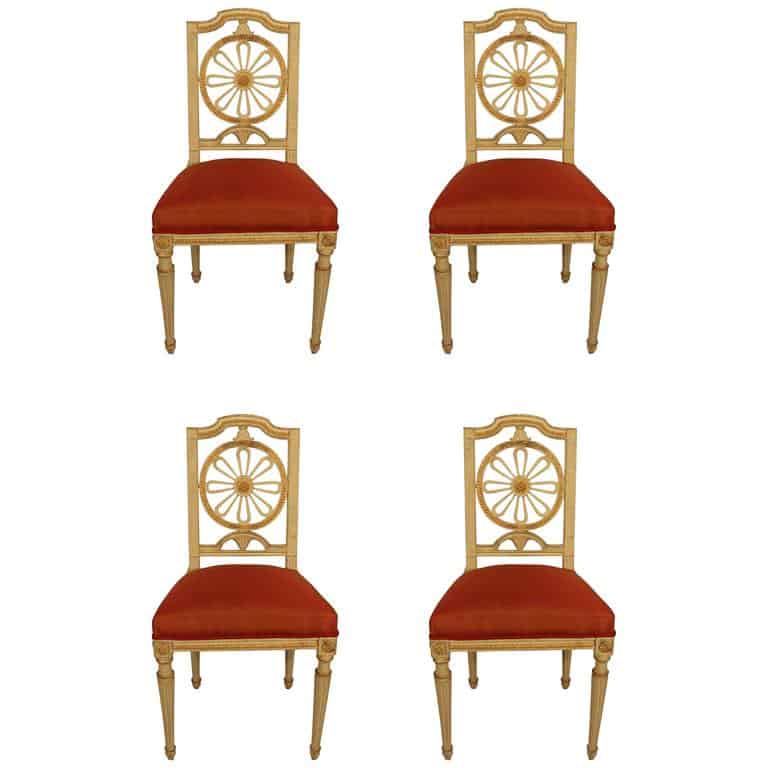
Neoclassical also took strong roots in England in the 1760s, where the so called Hepplewhite-Sheraton furniture style began to make use of restrained Classical ornament, and marquetry, ormolu mounts, and painting were all employed as decoration to further the Classical aura.
Even the United States saw Neoclassical influences by the end of the 18th century. Also known as the “Federal” period, American decorative arts at this time moved away from the ornate designs and intricate carvings of the Rococo style, heading towards more refined Neoclassicism. American Neoclassicism or Federal styles varied from town to town, with many pieces becoming endemic to the New World. The most typical of these are the sideboard and the small secretary desk.
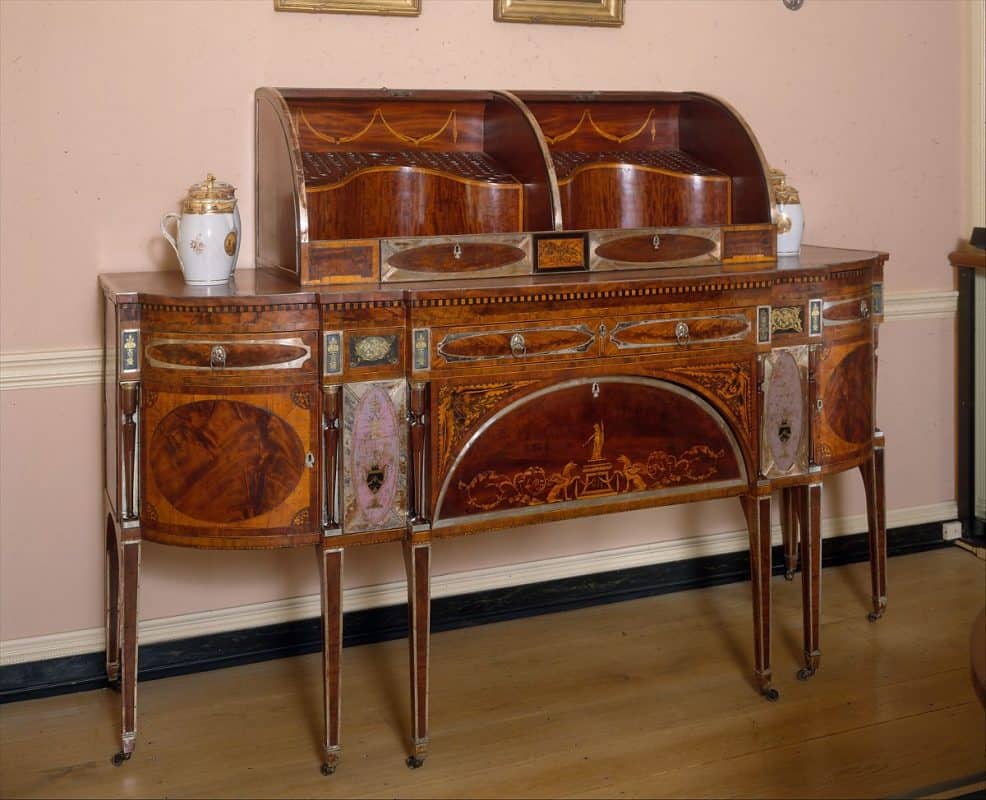
What are the Features of the Neoclassical Furniture Style?
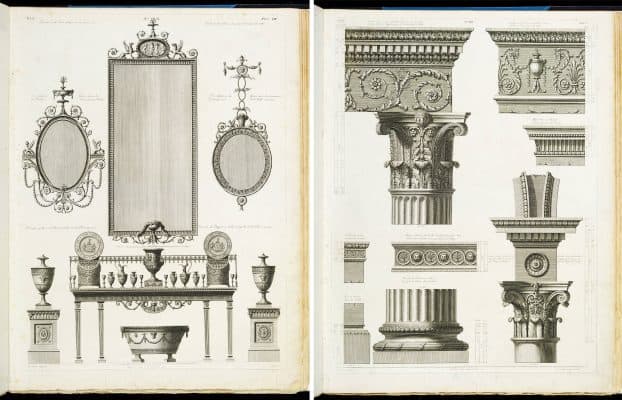
Designers initially only sparingly applied classical motifs to furniture. Over time, however, this began to change. The traditional curved lines and flounces of the Rococo style disappeared, replaced by simpler and more severe rectilinear designs. That said, we find numerous Greek and Roman styles and inspired ornamentation and decoration, always detailed and carefully wrought.
We begin to see chair legs straight, tapered, and fluted. Meanwhile, bombé commodes and other storage furniture fell out of style, and boulle marquetry returned to fashion. In the Neoclassical style we find straight lines and rectilinear forms, amidst an array of Classical ornamentations. Most of these first saw use in French furniture during the 1760s, but soon spread throughout the continent.
Overall, when you look at a Neoclassical furniture piece, you find overwhelming strength and linear power. Tables, cabinetry, chairs, all types of furniture in the Neoclassical period follow this formula. They are much like Classical architecture. Craftsmen shaped legs like columns, while cabinets had elements mimicking friezes and pediments.
Let’s look at a few examples of Neoclassical pieces here at Styylish to get a better idea!
Neoclassical Secretaire with Drop Front, Switzerland 1810-20
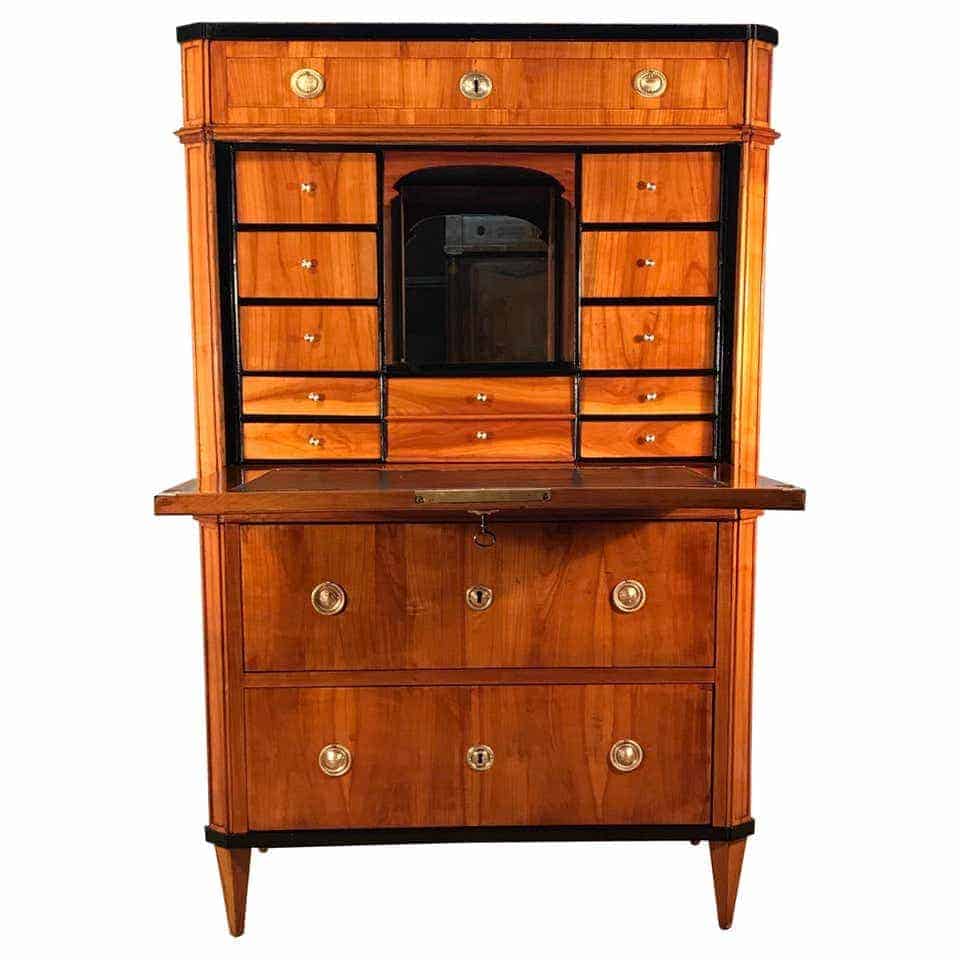
Exquisite Neoclassical Biedermeier secretaire with beautiful cherry veneer. Nine small drawers and a central compartment structure the inside of this piece. A mirror and a checkered floor accent the small central compartment. The ebonized details contrast with the warm honey color of the cherry veneer and emphasize the elegant character of this drop front desk.
Neoclassical Secretary Desk, Italy 19th century
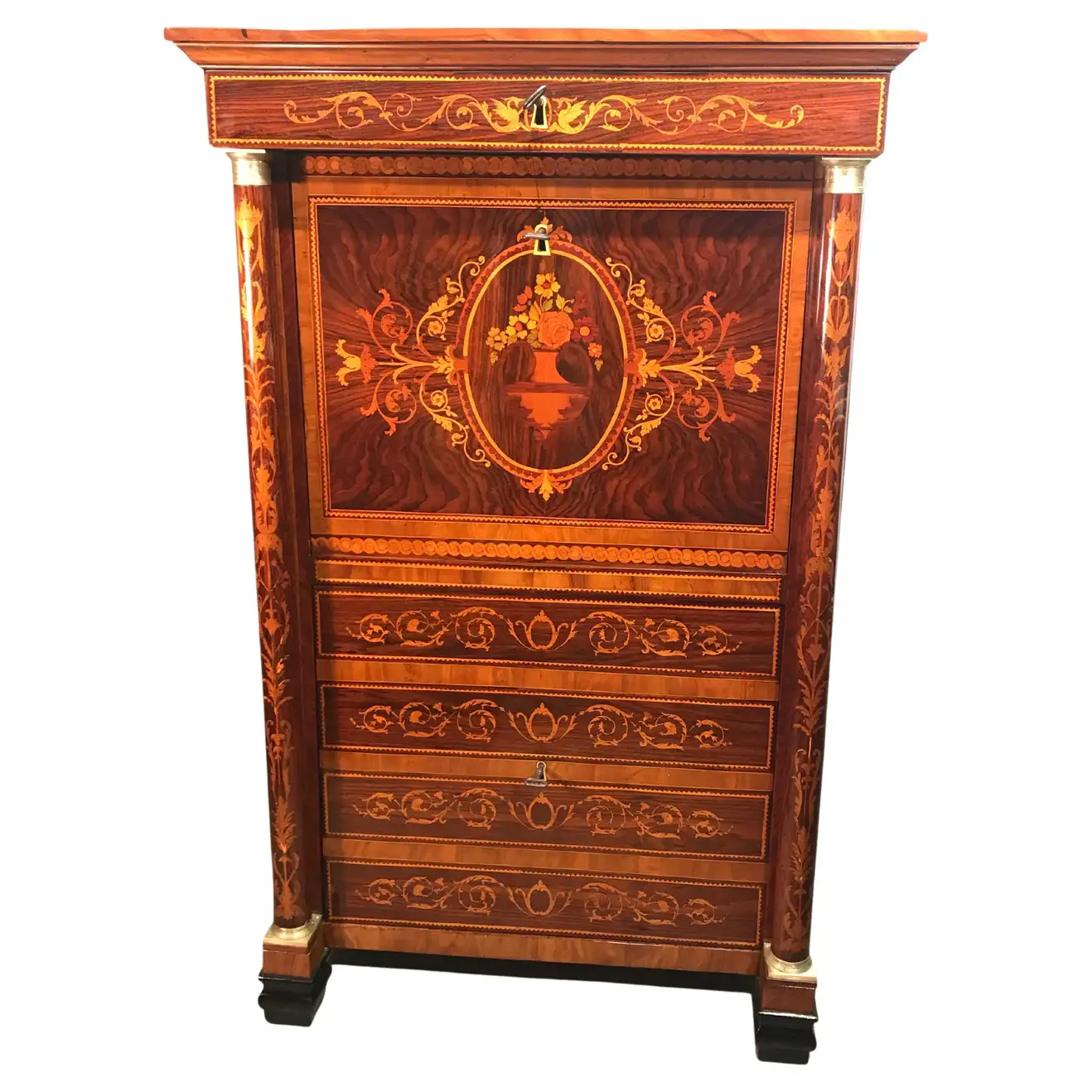
This unique Neoclassical Secretary Desk dates back to the mid 19th century and was made in Italy. The secretaire has two columns and a gorgeous marquetry decoration on front and sides.
Louis XVI Roll-Top Desk, France 1780
This original eighteenth century Louis XVI roll-top desk has an elegant mahogany veneer with satinwood inlays. It has five exterior drawers. Behind the cylinder top are six small drawers and an open compartment. Green leather (later) covers the writing surface, which you can pull out.
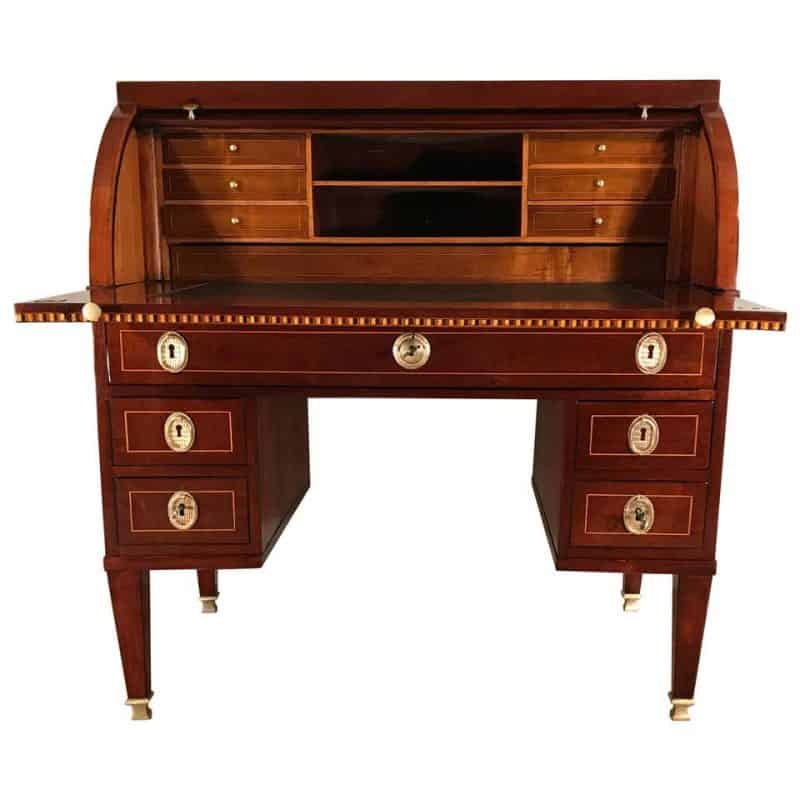
What are some primary materials used in Neoclassical furniture?
Mahogany was almost always the preferred wood for Neoclassical furniture, although artisans often used walnut and oak as a more affordable substitute. Mahogany veneer, in particular, was a highly popular option.
What Else Makes Neoclassical Pieces Stand Out?

Neoclassicism isn’t just straight lines and tapered or fluted legs. We find many exotic accents like gilt and silver leaf, marquetry, and carved ornamental motifs in the Neoclassical style. All of these find their origins in Greek and Roman sculpture.
Motifs like acanthus leaves, garlands, laurel wreaths, sheaves of arrows, medallions, are all found. Chair splats carved in the shape of lyres and urns are especially common.
In short, we have an emphasis on:
Straight Lines:
Neoclassical furniture provides a more streamlined style than the Rococo which came before it. We still occasionally find fluted details, but most design elements focus on simpler details. Scrolls, medallions, tapered legs, etc. Fabrics and upholstery are rich but subtle, with colors like moss green, dusty blue and pink, and crisp, classic white.
Columns:
Many chair legs and commode legs, in particular, appear like columns, with light grooving or fluting.
Greek Key:
The Greek key pattern is a timeless pattern that became extremely popular during this period. It’s a basic geometric layout used to accent temples in ancient times, but we find it on Neoclassical upholstered pieces often.
Veneer:
Inlays, previously critical to furniture, made way during the Neoclassical period for carvings in high relief, gilding, stenciling, and stamped-brass plaques.
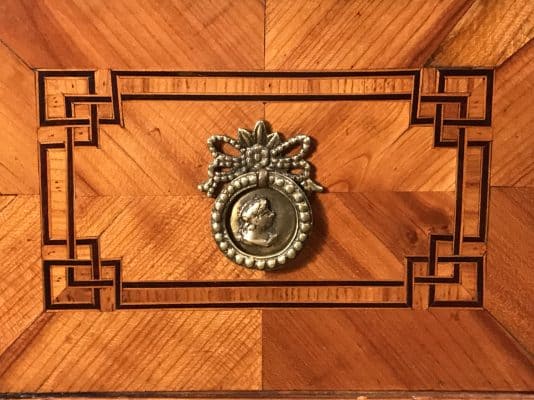
Here at Styylish, we have a wide collection of Neoclassical pieces from throughout the period and from a variety of locales. So, if you’re interested in Neoclassical furniture, you’ve come to the right place. Whether you’re an interior design specialist or simply someone looking to accent your home, we can help.
It’s our mission to find unique pieces for individual interiors… so let us help you find the right Neoclassical piece for your space!

